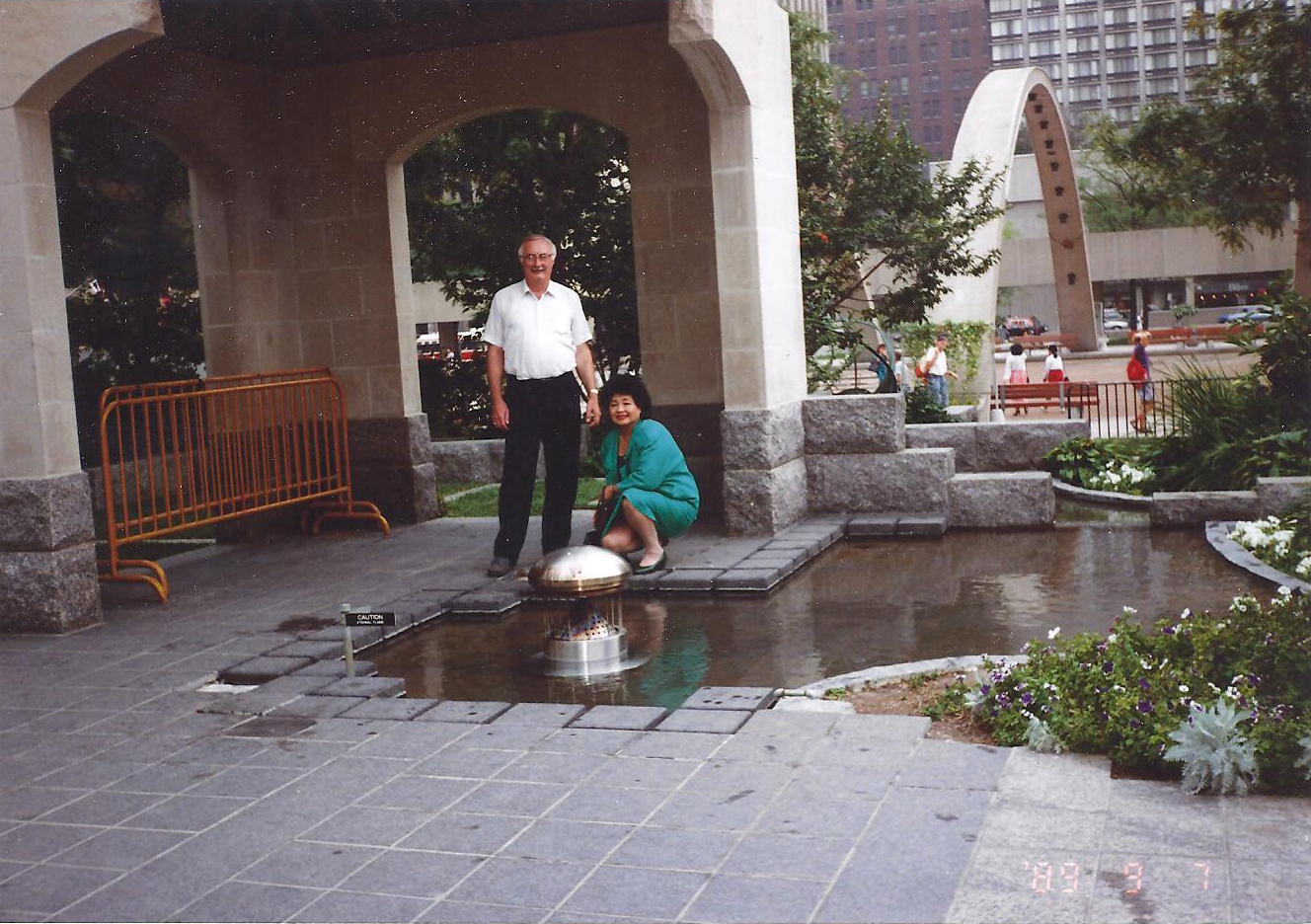
In Toronto, the Hiroshima survivor Setsuko Thurlow and the Hiroshima Nagasaki Day Coalition have alerted Toronto City Council and Torontonians about the dangers of nuclear weapons since 1975. The first citizens’ group, founded by Setsuko Thurlow, her husband Jim Thurlow, and others was called Hiroshima Nagasaki Relived.
The idea of building the Peace Garden came in the early 1980s at the height of the Cold War and the threat of nuclear Mutual Assured Destruction. Toronto City Council initiated many actions for peace:
In May 1982, City Council voted to hold a referendum on nuclear disarmament in the next municipal election.
In November 1982, 78% of Torontonians who cast ballots in the municipal election voted “yes” to support nuclear disarmament by all nations with the ultimate goal of a world free from nuclear weapons.
In January 1983, City Council voted to declare Toronto a Nuclear Weapons Free Zone.
In March 1983, City Council adopted the Inter-City Solidarity Programme proposed by Hiroshima and Nagasaki and became a member of Mayors for Peace.
In December 1983, for the city’s 150th anniversary, Toronto City Council approved building the Peace Garden on Nathan Phillips Square, at a cost of $480,000 [$1.3 million in 2024 dollars], thereby “creating a lasting physical expression of our highest aspirations in our most public place. . .In symbolizing peace and a love for mankind, it will represent our continuing struggle to avoid the devastation of war.”